And I’ve never been happier…
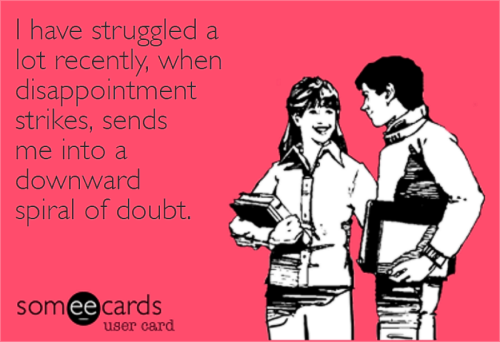

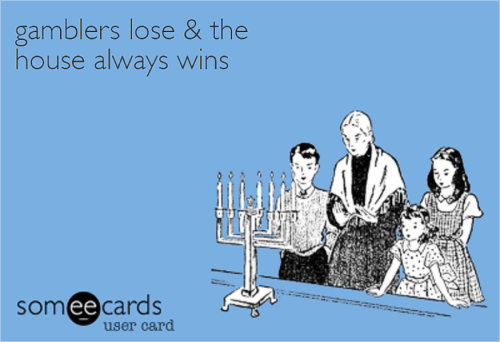
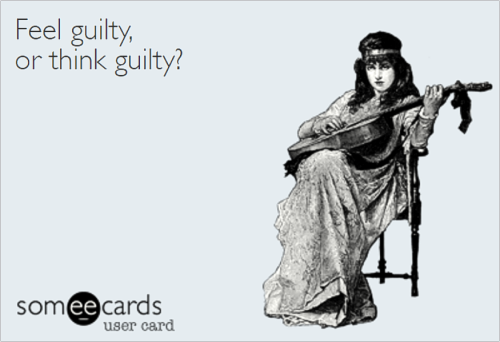
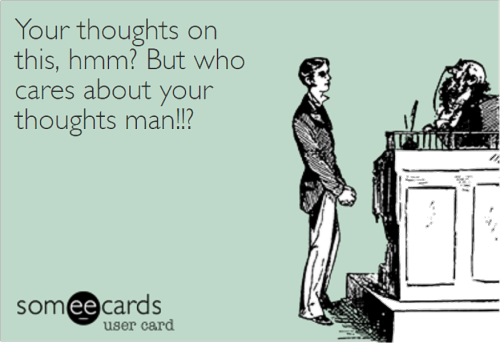
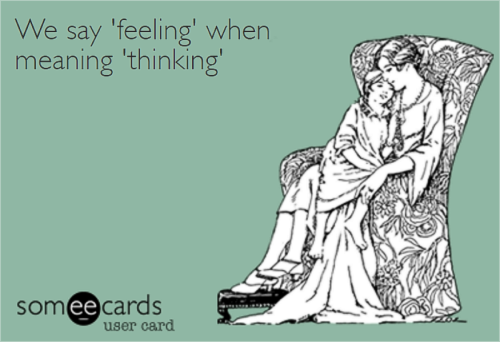
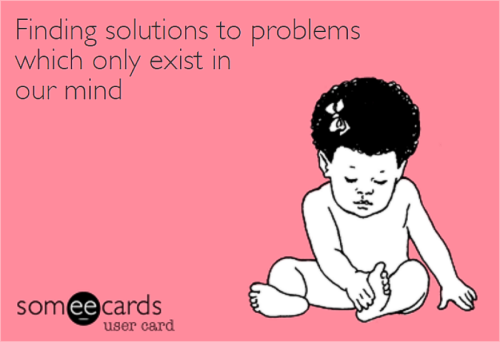
By Leela Swann-Herbert
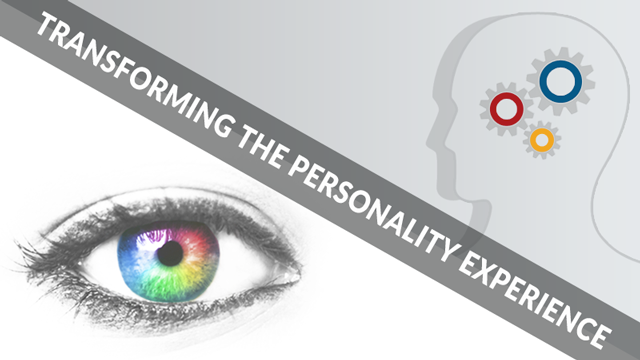
Part 2 – Transforming the Personality Experience
Radical Transformation offers advanced Human Design tools for transforming our experience with both the Body and the Personality. In the previous article, I discussed some of the body-related awareness experiences that Radical Transformation experimentation has provided.
This article continues this exploration with personality-related awareness benefits or aha moments, which have arisen through practice with these mechanical tools and observational skills, which you can experience for yourself through Radical Transformation.
The Personality is Who We Think We Are Filtered Through the Mind
It is the body that lives the life, but the personality is who we think we are. The development of conscious mental thoughts, or internal dialog, is an evolutionary achievement of the human brain which reached its apex in our 7-centered ancestors. In 7-centered humans, the ability to identify with the thinking process, to be the thinker, was a logical extension of the mind as decision-maker.
As 9-Centered humans, we have the gift of an advanced body which provides us with access to an Inner Authority, to the body’s intelligence as decision-maker; and yet, the personality remains identified with the thinker. For the personality, this trust in the body’s authority, regardless of the personality’s commentary, can shatter the illusion that life is under personality control. This can be disorienting for the personality, as it loses its ‘job’ and influence. However, there is a new role for the personality that the practice of Radical Transformation tools provides: the role of observer of the life, and to be able to communicate what has been learned.
Read more
In relationships one can be heard saying: “I have a problem with you about money”, which is an interesting story. Because basically we ourselves have a problem about money then, but the mind uses the other as a lightning rod to distract us from that. And so an argument, about money, or about the other, begins. Drama made up by the mind.
The problem is about money then, so we think, but besides money being ‘the root of all evil’ in some circles, money can’t talk back it does not respond to our worries and woes, so money is quickly dropped as being the focus of our problem and only the other is left to carry that accusation and weight.
But who is having said problem? We have, well actually, our mind has a problem. And then uses us, money and the other as reasons to dramatize.
See, the story is not about the other, it is not even about money and it certainly is not about us ourselves.
The story is about the story (!!) as the mind wants to dramatize and make up different beliefs to heckle us incessantly and distract us from things actually already being ok, so it can stay in control to run our lives.
“See, look the other, or money, there is your problem, see how right I am and good I am taking care of you?”
And we tend to think the story is about the other, money or even ourselves, when none of those are the issue. We waste countless hours considering this & that, but the only real issue we have, is the stories themselves that we hear and run with. The stories we are being distracted by in the illusion of even having a problem in the first place. And then we try to -resolve the topic- of that story, with more countless hours of energy, discussions, perhaps even going online looking for support for this issue, or pay someone to listen to us having all these issues, where slowly as we peel away the layers of our thinking about the other first, money second, ourselves third, we think (again) to have a handle on things, on our issues, while making elaborate schemes how to handle money, how to deal with the other with money, how we look at our own issues with money too. Patting ourselves on the back how far we think we’ve come.
When the made-up story itself is never looked at, the foundation, the reasons of even having the story to begin with.
Read more
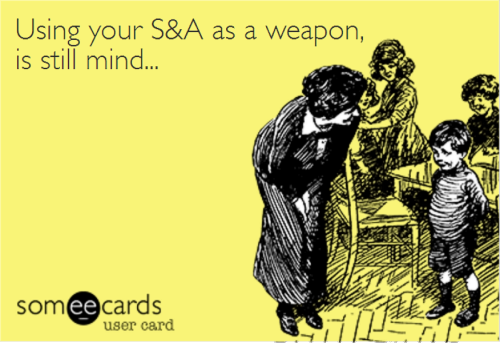
A thing to perhaps notice is our deep running drive, to negotiate with life. To seek ways to alter what needs to be done, when for instance entering into our Human Design experiment. How we, us, our ego, our minds, wants to have a say in which way things work, and seeks to put terms on our own deconditioning process, which is hilarious to watch and see, as we come up with all sorts of excuses why we would like to change our experience of things.
And thus our ego/mind keeps hold of our process, of our lives, of what -is- going on in it. And while continuing to feel a victim of circumstance, of this, of that, of you, but also me, of the teacher, of our Strategy & Authority, of the new president elect. We seek short-cuts to justify the means to reach a certain goal, but get so caught up in seeking these short-cuts, as our minds have laid out an intricate plan to attain it, we probably will never reach that goal we attempt to reach in the first place.
As the Buddha supposedly has said:
“My teaching is a raft whereon men may reach the far shore
The sad fact is that so many mistake the raft for the shore”
We will not reach the far shore at all (we won’t even get on the boat!!), as we negotiate what kind of boat, how much the crossing will cost, how long it will take, what seating arrangement, and who to partner up with in the cabin (wait, what, there are actual cabins too, how much for those !?? Really that much, is there a discount if I do this, or can prove that I am that?) on and on and on…
Read more
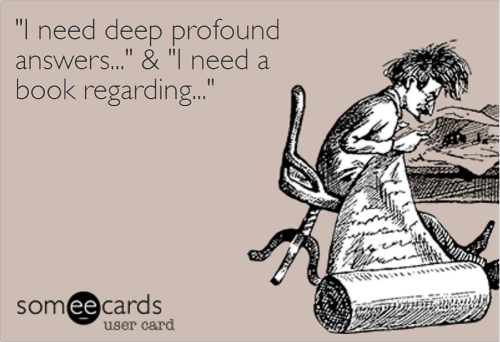
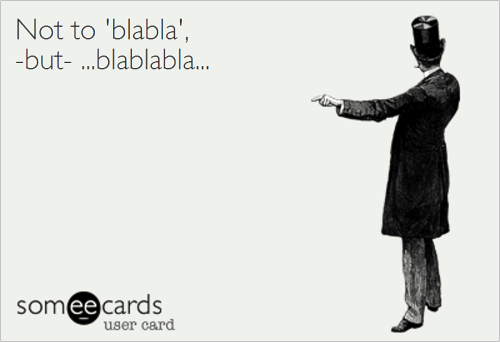

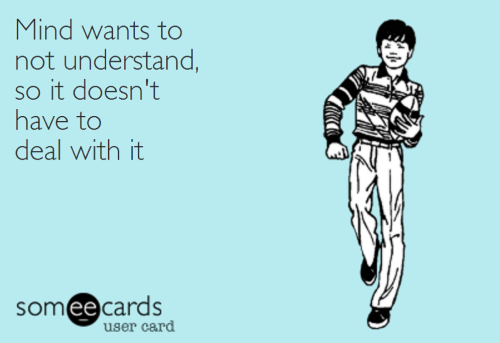
a frog’s leap slight return
There are few changes noticeable, some may turn out to be temporary due to the Transits, others perhaps a shift of me, of me being in this world, who knows, but here is another Blog of Moon 😉
After careful consideration, and many moons, many guitars, many try-outs, many samples, I decided to have a guitar built for me. To not have to compromise again, or experience not just disappointment, but even disaster. Or at least the interpretation of the perception of that 😉
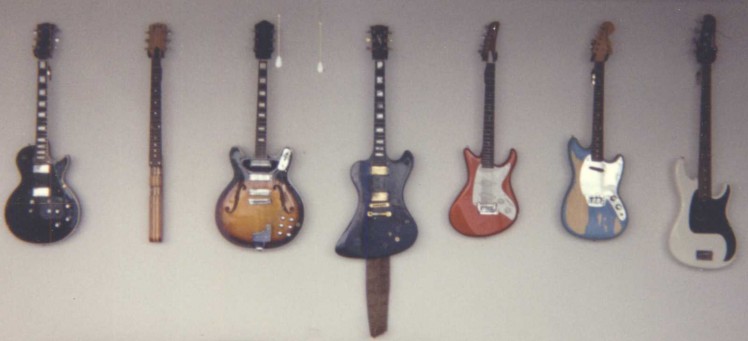
So I made a well researched list of the more technical descriptions a guitar should be made of, and how, the kinds of woods, the way to construct it, the pick-ups and other electronics. There are a few companies that make half-finished guitars, one here in the Netherlands that I know of, and having sponged and absorbed their website I had made the following wishes/demands for such a Sjef guitar, this file was first made Friday June 29th 2007 its last edit was Thursday October 30th 2014
The best of a couple of guitars combined, but starting with a Gibson SG body shape made 45mm thick not the usual 35mm for an SG and is already curved/carved on the sides, with a 3 or 5 parts made neck-thru (meaning neck and body are one long carved/machined piece, and the rest of the body is glued to it) with a leaner angle on the head-stock, added a waist cut and fore-arm cut like on a Fender Stratocaster. 24 frets of course, although unsure of the Scale length. The Neck was to be made of Hard Maple with an Ebony fingerboard, CarbonTech Trussrod and a Compound Radius of 10-16 inches. It needs to be carved out as a Thinline (ie Semi-Hollow) of Mahogany with a quilted Maple top which is flat apart from the curves and cuts and then string-thru (no tremolo) At the time I wrote to put in EMG 85 and 89R pick-ups with a phase change switch, and these need to be bolted to the neck, not spring mounted to the body.

Just the woods and their shape would cost at least 1000 euros, then paint and lacquer, all the hardware, another easy 1000 euro at least, but… no more compromise, no more disaster (heh, this is where my recent insight about Gate 47 (making endless drafts ending as paper rubble) comes in handy)
This idea percolated for years and sometimes was shaved, tuned, added, changed until at one point I thought, ‘fuck it, I’m going to buy a cheap Thinline guitar and just jam with it. Not having an electric guitar or the funds to have one built has lastet long enough now’, and so I started looking for some neat guitars.
Read more
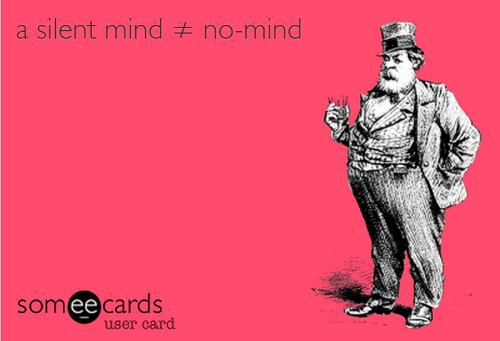
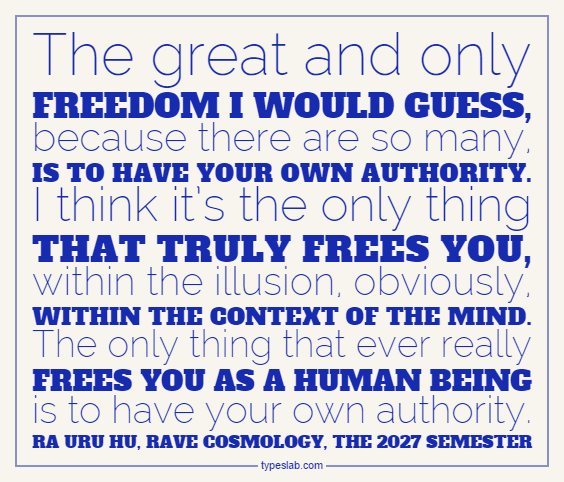

One of the most important questions when it comes to transformation is “Who’s in charge?” Ra discusses how we are conditioned from birth to think that our mind is in charge; but in fact, most of the time the mind is making not-self decisions based on the openness and conditioning in our Design.
Read more
One of the myths of Human Design states that if you simply follow your strategy and authority for 7 years, you will become completely deconditioned. This is a nice story, but it over simplifies the truth – deconditioning is an ongoing process of self-discovery.
The body can partially decondition in 7 years. Most of the cells replicate in 7 year cycles, called apoptosis, so it stands to reason that within 7 years of full experimentation with Strategy and Authority, complete replication will be in effect at a cellular level. Not true. The body has cells that never replicate, that never go through a 7 year apoptosis process – Stem Cells which maintain our primary cellular ‘code’, and Neurons.
Neurons and their lack of cyclic regeneration is what provide humans with the gift of memory. It is also what makes mental conditioning so durable and associative – memories of conditioning never truly go away. Strategy and Inner Authority put the decision making and movement through life under the control and guidance of the body’s intelligence; however, they do nothing to change the rich, deep internal dialog of the mind that is based on conditioned memories that never, ever go away.
How then do we decondition the mind?
Continue Reading Here
in Human Design (and on FaceBook), the question comes up about discipline, and also what that means for Reflector, what does that look like, Dharmen talks shortly about discipline in his (free) preview here: Rave New Year Forecast 2014. Besides what the word ‘means’ [In its natural sense, discipline is systematic instruction intended to train a person, sometimes literally called a disciple, in a craft, trade or other activity, or to follow a particular code of conduct or “order”, source: Wikipedia]
And for me, with a 3 parts left variable, active brain, strategic mind and focused view, it means a great amount of effort, but in such small quantities and in such a continuous stream, that then becomes almost effortless doing. I compare it to either getting addicted to any drug, or kicking that same kind of addiction. Lots and lots (and then some more) of little amounts of a substance, or an act.
While also keeping that bit of tension on it, nearly always, never letting go of what you do and perhaps why, but without it being a mental concern (it is not after all) it is something your inner spirit craves for, or seeks to stop being with.
As Jed McKenna says: “I can’t not do this. Wouldn’t recommend it though.”
Read more
One of the things that came up in the year long Transformations set of courses about the 4 Variables and Digestion, Environment, Perspective and Motivation, is of-course some of our habits. And one being sleep, or waking habits. When to go to sleep, how long, or late, to stay awake.
And it is easy to say, that this is our conditioning, ours, of how we live to work from 9 to 5, how our days are scheduled along those hours to make room for when to eat breakfast and when to eat lunch, dinner, when to watch tv, and go to bed again, how long to sleep, and so on.
Everything neatly fixed within certain time frames, every single day, and make a fuss when things are not happening along those lines, those times.
But what is so interesting in my exploration of my own observations, is that we like to call it, our conditioning. As if some outside force is to blame, it makes it easy to use this language, so we can identify an outside source for our behaviour, or for our perceptions of other peoples behaviour.
Read more
Isn’t empowerment just more identification?
We don’t -feel- more or less empowered, we -think- to be or not, and then we even call it ‘our experience’
For me, words and wording is very important, both in their meaning as we commonly accept as well as their potential energy. To distinguish between our minds games of latching on to certain made up meanings or beliefs of words and wording is all part of the ongoing experiment of living my Design. And to play with them and tackle them if and when hinted at or openly discovered. That is not a power play by far, but an interest and an enjoyment.
One of the things I am investigating in my experiment, is the notion that many of our concepts, are only mental, are only psychological in nature, and not an actual body experience.
Empowerment, being part of those, is thus an interpretation, and not a felt sense. And to strive for, or encourage empowerment is therefor just another trick of the mind to keep us locked in our opinionated prison, in the illusion of happiness while continuing to suffer greatly.
Read more
God is mind
religion is mind
philosophy is mind
rituals are mind
hope is mind
money is mind
politics is mind
poverty is mind
sex is mind
Love is blind
Bruce Lipton – Changing your mind
“…ecology, but there are two parts to the mind that are completely different than one another, yet they work together, we confuse them, we tie them together and yet they represent two entities working in two different fashions. There’s the conscious mind and what is called the subconscious mind. Now here’s what the very important people have to know this, okay, and here’s what it is:
The conscious mind is our creative mind that is connected to our personal identity and our spiritual selves, that makes us all unique. Each of us has our own personal conscious mind. But what becomes very significant is this; the subconscious mind is equivalent to a tape player, that’s exactly what it is. It records experiences and then plays them back.
And so now, let’s take a look and say, well wait, there’s a thinking mind and then there’s a tape player mind. And what’s different about them is very profound. So let’s talk about two fundamental differences first:
-The tape player, the subconscious mind, as an information processor, as the equivalent of a computer is a million times more powerful an information processor than is a conscious mind. So when you look at the power between the conscious and subconscious, subconscious is a million times more powerful.
-Number two, on a day-by-day bases the subconscious mind runs our biology about 95 to 99 percent of the time. So while you’re having all these wonderful thoughts, that’s not the conscious, the conscious mind is not running the show, it’s the subconscious mind. Then it comes an issue, well, the subconscious mind got programs in it, yes. The subconscious mind is not evil or good, the subconscious mind is a tape player as much as you can say; okay here’s a tape player, it’s good or bad. The tape player is not good or bad. The programs can be good and the programs can be bad. So blaming the subconscious mind as a negative thing, is the first mistake, it’s a tape player. The programs that we got, that’s the source of the problem that most of us face. These programs could limit our abilities and take away our powers, which essentially they do.
Now the relevance about positive thinking is this; positive thinking is a creative thought that comes from the conscious mind. Okay, so I sit here and I’m gonna have all these wonderful thoughts, I’m gonna close my eyes and visualize all these wonderful things. Stop and go back to the mechanical character of it:
(A) I’m having these thoughts with a little tiny processor called the conscious mind and (B) I’m competing with the programs that are in the subconscious mind.
So if I have a thought for being healthy or being in a good relationship and I’m doing positive thinking. And at the same time I’ve acquired programs in my development that said ‘you’re not as healthy as you think you are’ and ‘you’re not that good a person to have those kind of relationships’. Then look, I’m now pitting my positive thoughts against my programs and and their opposite. But this one works on a little tiny processor and this processor is a million times more powerful. So right away, who’s gonna win in that challenge? And the answer, of course the subconscious is gonna win.
But here comes the other part; while I can try to maintain positive thoughts in my life using my conscious mind, this conscious mind only operates less than 5 percent of the day. That says 95 percent or more of the day, I’m operating from the other belief system. The point is, do the math. How powerful are positive thoughts? And the answer is; unless the subconscious has the same programs and agreement as the conscious mind, power of positive thinking will not work. It will not work, because you’re competing against a much more powerful processor, okay.
And this is the problem, here comes, let’s add one more piece to the problem then it really manifests the big problem that people in this world are facing today, and that is; the conscious mind, the subconscious mind work together in tandem. Meaning, my conscious mind is, smaller processor as it is, can run any aspect of my biology. I can run anything. I can run my heartbeat right now for you. I can speed up and slow down my heartbeat. I can change my body temperature with my conscious mind. We used to think those were involuntary, that the body had a part of the brain that ran all the things and your conscious mind only ran things like your muscles. That’s not true. We now know that people who are very conscious can control every function in their body.
But here’s the problem; the conscious mind is a very small processor, the subconscious mind is a million times more powerful. You have to take care of your breathing, your heartbeat, your digestion, all your functions, your immune system, your respiration, your digestion, excretion, your conscious mind can’t focus on all that.
So the nature of it is, the function of the subconscious to carry out all the details and can carry out every one of the details, we could be essentially unconscious, which most people are, and our lives look exactly the same. Why? Because once you learn how to get dressed, you know how to get dressed. Once you know how to drive a car, you don’t have to be conscious how to drive a car, you already got the program. So everything that we learned our subconscious mind becomes automatic behavior. Meaning, it frees up the consciousness, so the consciousness doesn’t have to be dealing with all the tasks. Well when you free up the consciousness then you have time for creative thinking.
But here’s the issue, and this is the catch; when the consciousness is not focusing on some job or some task and let’s say it’s on a daydream mode, it’s thinking about your vacation next week. You’re going on vacation and you’re thinking about the plans of your vacation in your conscious mind. Well if your conscious mind is thinking about the vacation, who’s running the day to day, moment to moment life? The answer is, the subconscious.
But now here’s the catch; does the conscious mind observe the behavior as it automatically plays from the subconscious mind? And I go back to here, well where was your mind? It was thinking about the future. Well if it was thinking about the future, then it wasn’t paying attention, right? And the answer is, aha: the nature of the trade-off is, the subconscious mind can run everything when the conscious mind is busy. If the conscious mind is busy, it’s not paying attention and so when it’s not paying attention it does not see the programs that are playing the subconscious mind.
So to give you, like an amusing anecdote about it, is you know somebody, and you know their parent and you realize that this person and parent pretty much have the same behavior. And so in enthusiasm you burst on the scene and you say ‘You know Mary, you’re just like your mom!’ As soon as you say that to Mary, back away from Mary. Why? Because she’s not gonna take this in welcoming news for her. She’s gonna say like ‘How can you say that?’ To her, she’s not like her mom at all.
And the issue is interesting, it’s like, the joke is that everybody else can see that Mary is like her mom, but Mary can’t. Why not? The answer is; because when she’s playing the programs which she got from her mother, which are in her subconscious, she’s playing them because she’s not paying attention and so when they play, she doesn’t see them, so she’s surprised when people say that she behaves like her mom, even though that’s what her life is all about.
Now the conclusion of why all this dialogue and why was it all important, the answer is this; that we do not see the subconscious when it plays. The subconscious has programs in it that we primarily got from other people in our development. And the significance about that is that if we are operating from the subconscious mind and not seeing it, then we’re also not seeing that we’re playing programs that may not be in any way supporting who we are and what we want. The programs those are in the conscious mind.
So the idea is; when life doesn’t work, when you don’t find that relationship that your positive thinking was looking for, when you don’t get that health that you were looking for because your positive thinking was asking for it. We have a tendency therefor to blame the outside world, because as far as I know my intention was for all these wonderful things. And when I don’t get it, it can’t be me because I have all these wonderful positive intentions. What we didn’t see was, while we were having these positive intentions, using our conscious mind for those positive intentions, the subconscious was running the show. And we didn’t see that we generally sabotage and destroy or limit our own lives with behaviors that are not supporting us.
And why this is important is because then we all generally cop the attitude that there are forces outside of me that control my life and I am a victim of this world and I can’t do anything about it as a victim. And as soon as you buy that, you are a victim.
The only problem was, it was your own subconscious programming that led to the life that you have. And that if you can understand that and then try to work with it, then you can change your subconscious programming and change your life.
Now comes a problem. The problem is; we also bought this, and it’s not true, that there’s somebody in the subconscious. Meaning, if my conscious finds my subconscious engaging in some behavior it’s not supporting it and my conscious is talking to myself and my conscious is saying ‘Bruce .. that was stupid, you can do better than that’ and you’re having this inner dialogue and you’re talking to yourself and being very upset about the fact that your behavior seems to be out of control.
Who are you talking to? And I love this because the realities we’re thinking we’re talking to ourselves and that’s going to fix something and what’s it gonna fix? Well the programs in their subconscious and here’s where the problem lies: Subconscious is a tape player, there’s nobody in there.
The same exact truth holds in this case; get us a tape player, put a cassette tape in it, push play, the program’s running and you don’t like the programming, so here’s what I want you to do:
Go up and talk to the tape player. Go up and talk to it. Suggest that it changes the program, even tell it what you want it to play.
Do all this and then you realize the program still plays, it doesn’t change and then you get more upset, with yourself. Why? Because you’ve asked the program to change and it’s not changing yet. Then you get mad at yourself, you start yelling at yourself and now you’re berating yourself because you can’t control the tape. Then that doesn’t work and then of course the last step you had to bring God in because obviously -you- tried to change your life and it didn’t work, so only God has to come in here now and change the tape. And the joke is, how much talking to a tape player does it take before the tape changes? And the answer is, you can talk till you’re blue in the face and it will not change. It’s not that you can’t change the tape but you have to learn how to push the record button and -then- you can record new programs in the subconscious.
But our old belief system, like conventional psychology, let’s go over and find out why my life is this way ‘oh yeah, my mom did this to me and my dad did this and my friends did this’ and now I make a whole list of all the reasons why my life is this way, I’m very clear, my conscious mind got ‘Oh God I could play that movie, I can see it’.
The question is now that you’re aware, did it change the tape player? And the answer is ‘no’. And that’s why people get so upset. They go through all of the psychology, counseling and stuff. They know all the reasons, they still have the same life. So the issue is: you want to make change? Then you have to learn how to engage the tape player in a record mode and not just talk to it.”
transcript by Evelyne Beyer